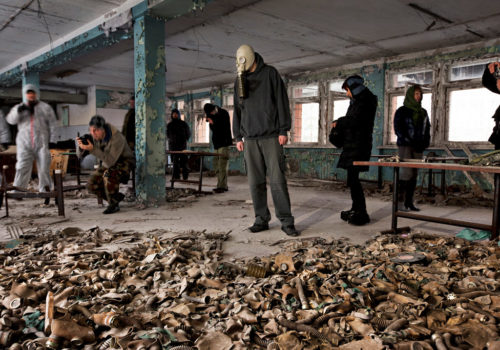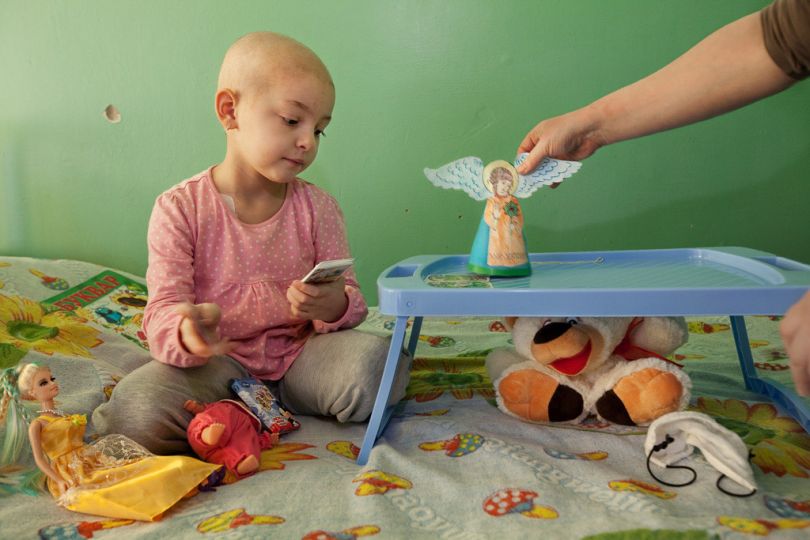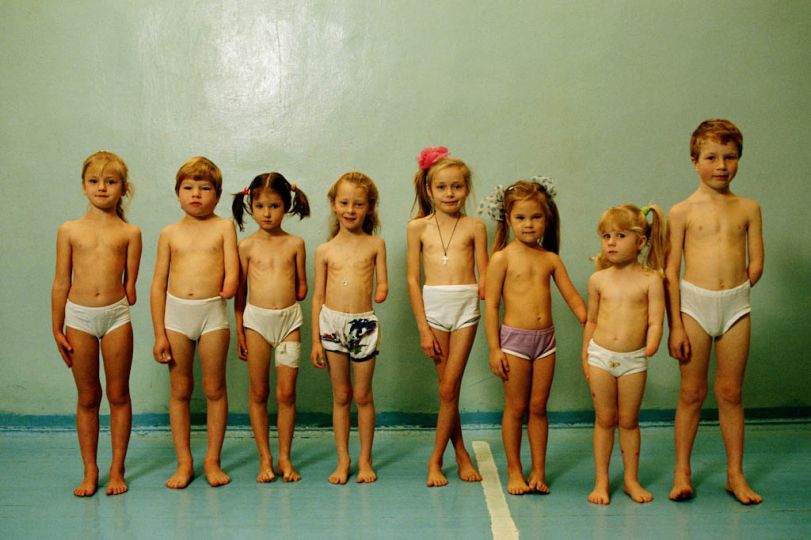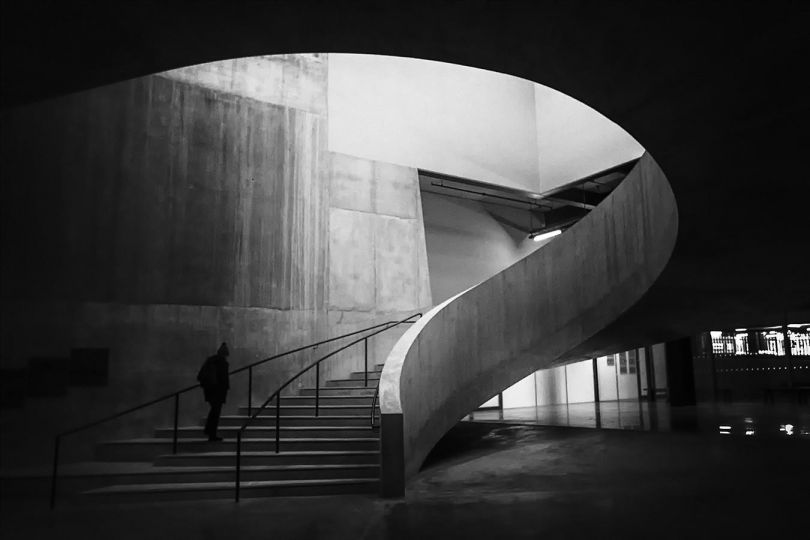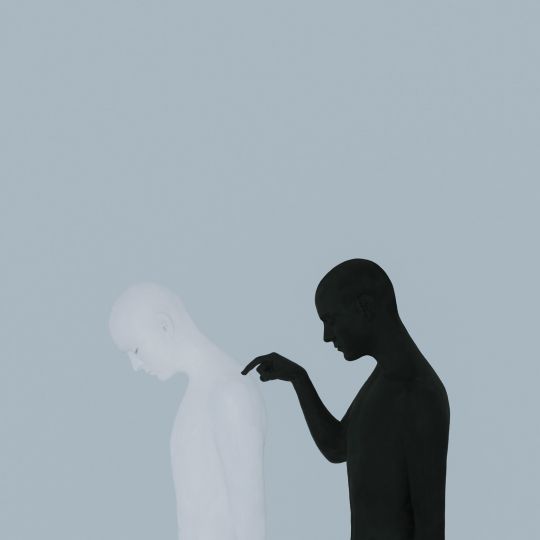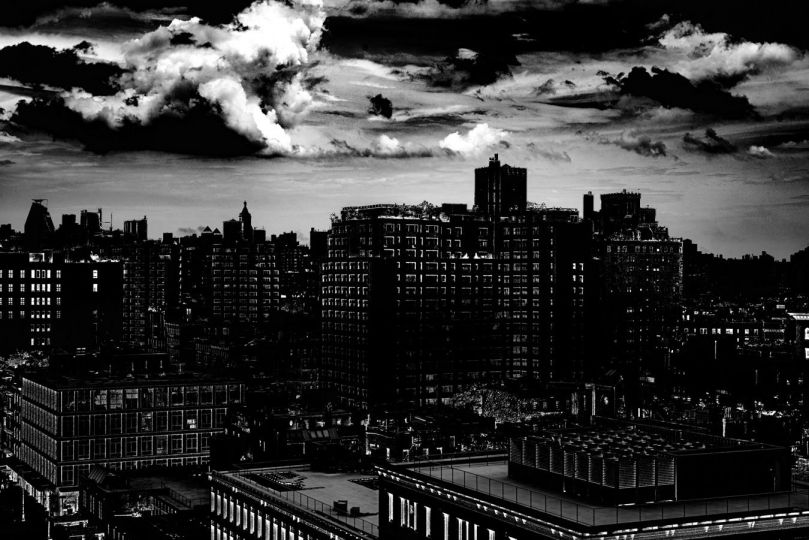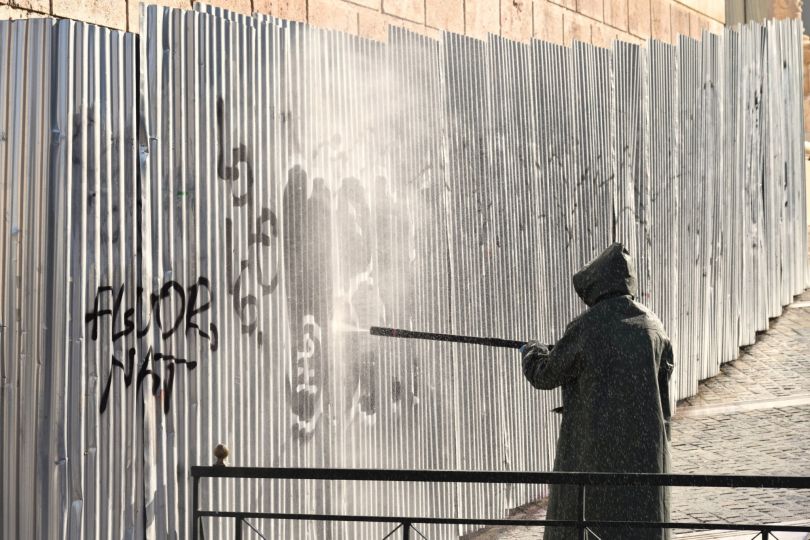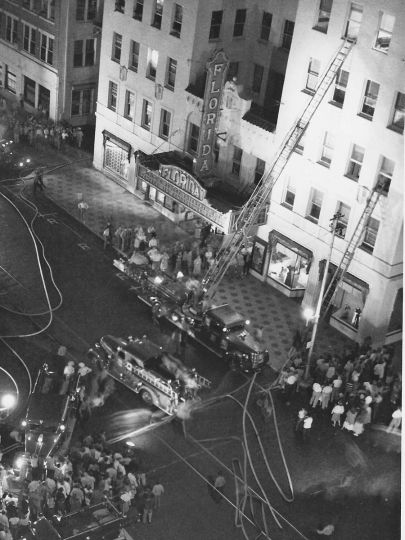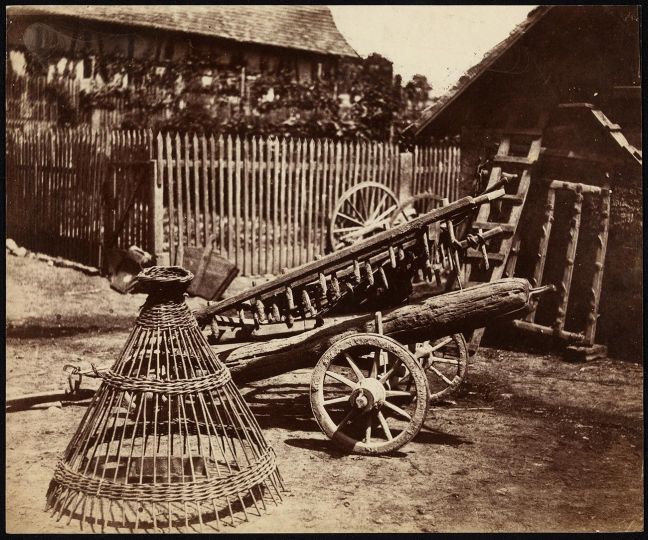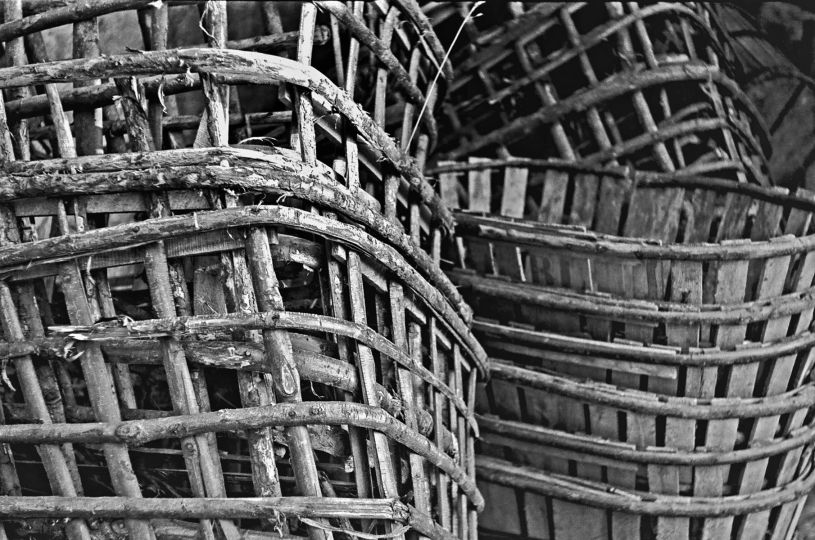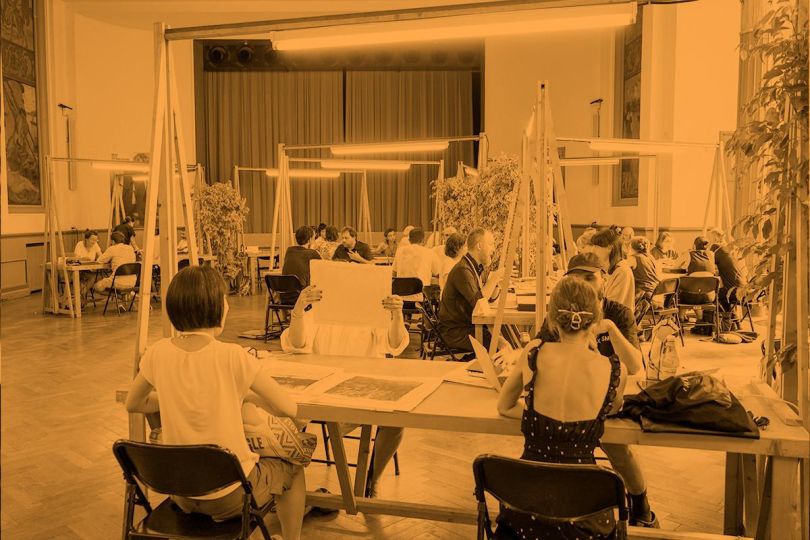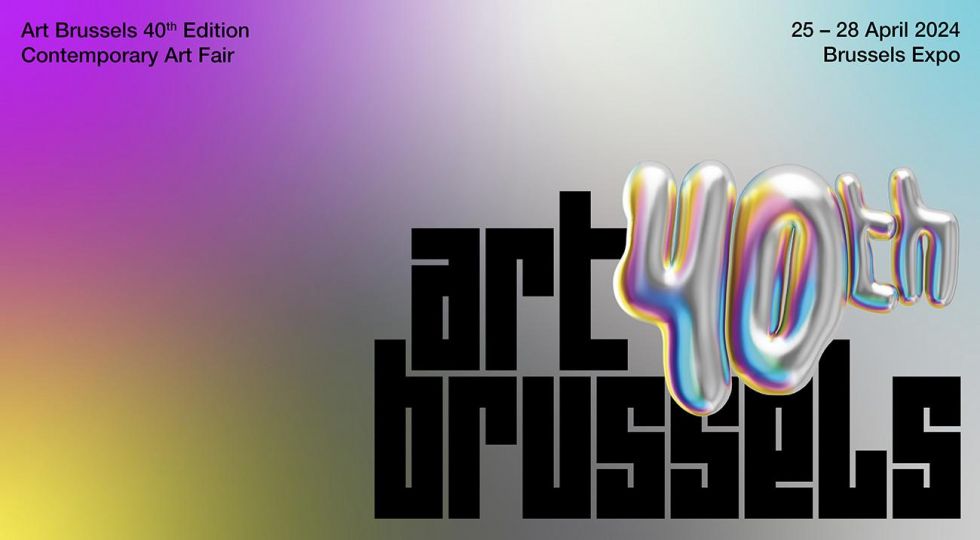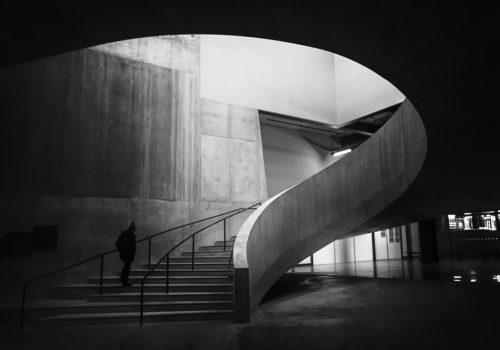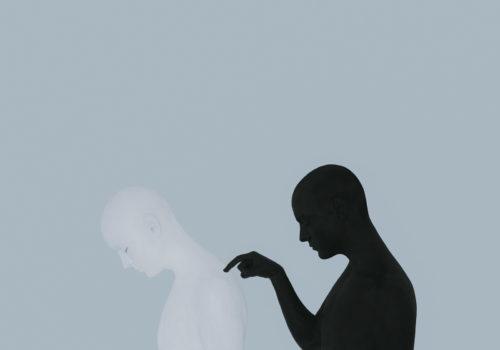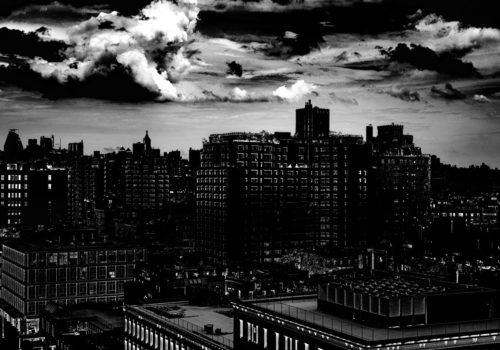In 2011, as people around the world watched TV reports on the nuclear meltdown in Fukushima, the Ukrainian government gave approval for travel inside the Chernobyl exclusion zone which has now become a disaster-tourism destination. Tourists take pictures of the sarcophagus encasing the reactor, but the top attraction is the ghost town of Pripyat, once home to nearly 50,000, now decaying and overgrown by nature, a less than truthful witness to its sudden abandonment. Visitors and tour guides have set up tableaux to evoke scenes, e.g. a doll arranged next to a gas mask.
The exhibition Nuclear Tourism is presented in part of Visa pour l’image – Perpignan Festival from August 29th to September 2015.
National Geographic Creative / National Geographic Magazine

